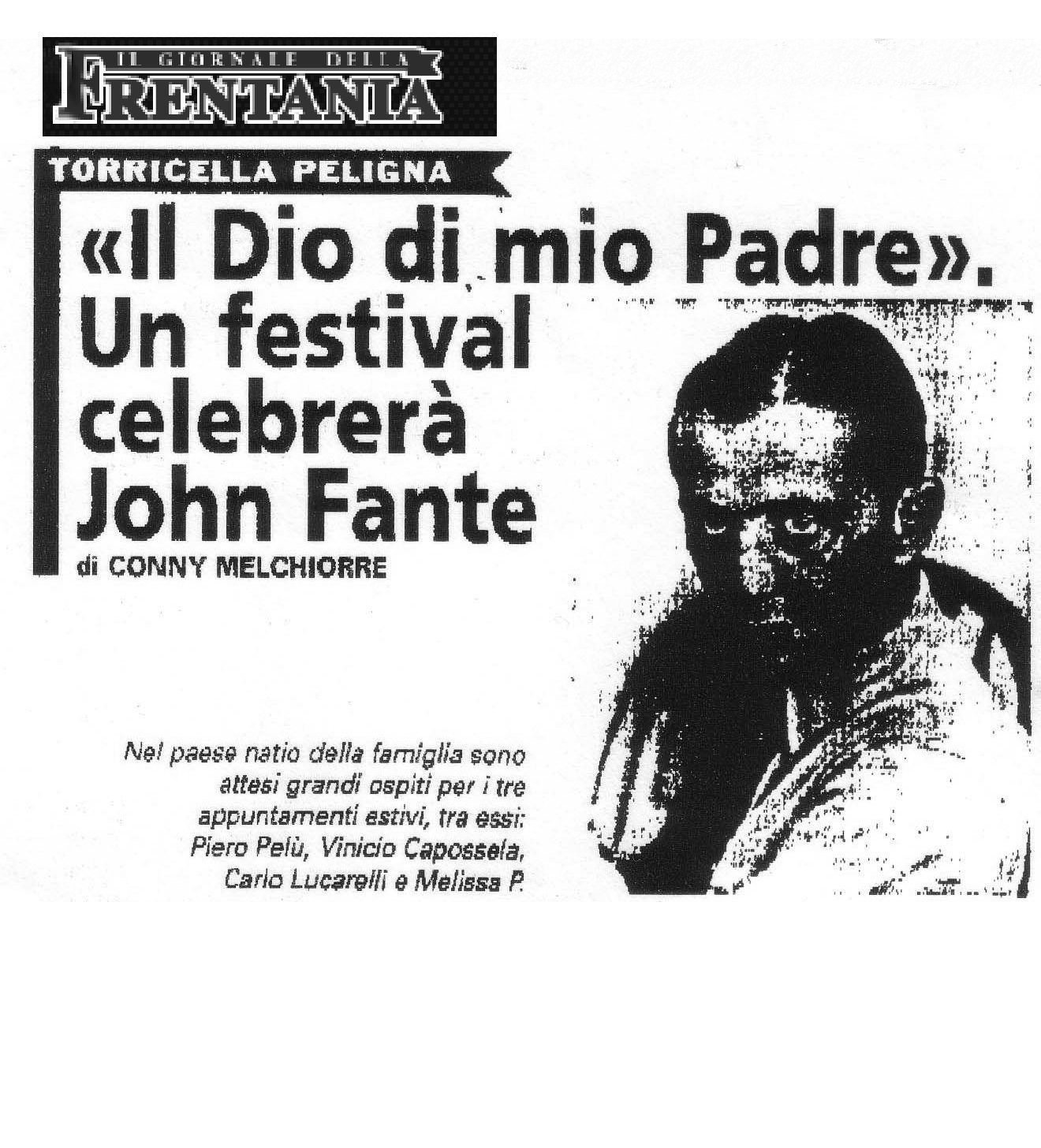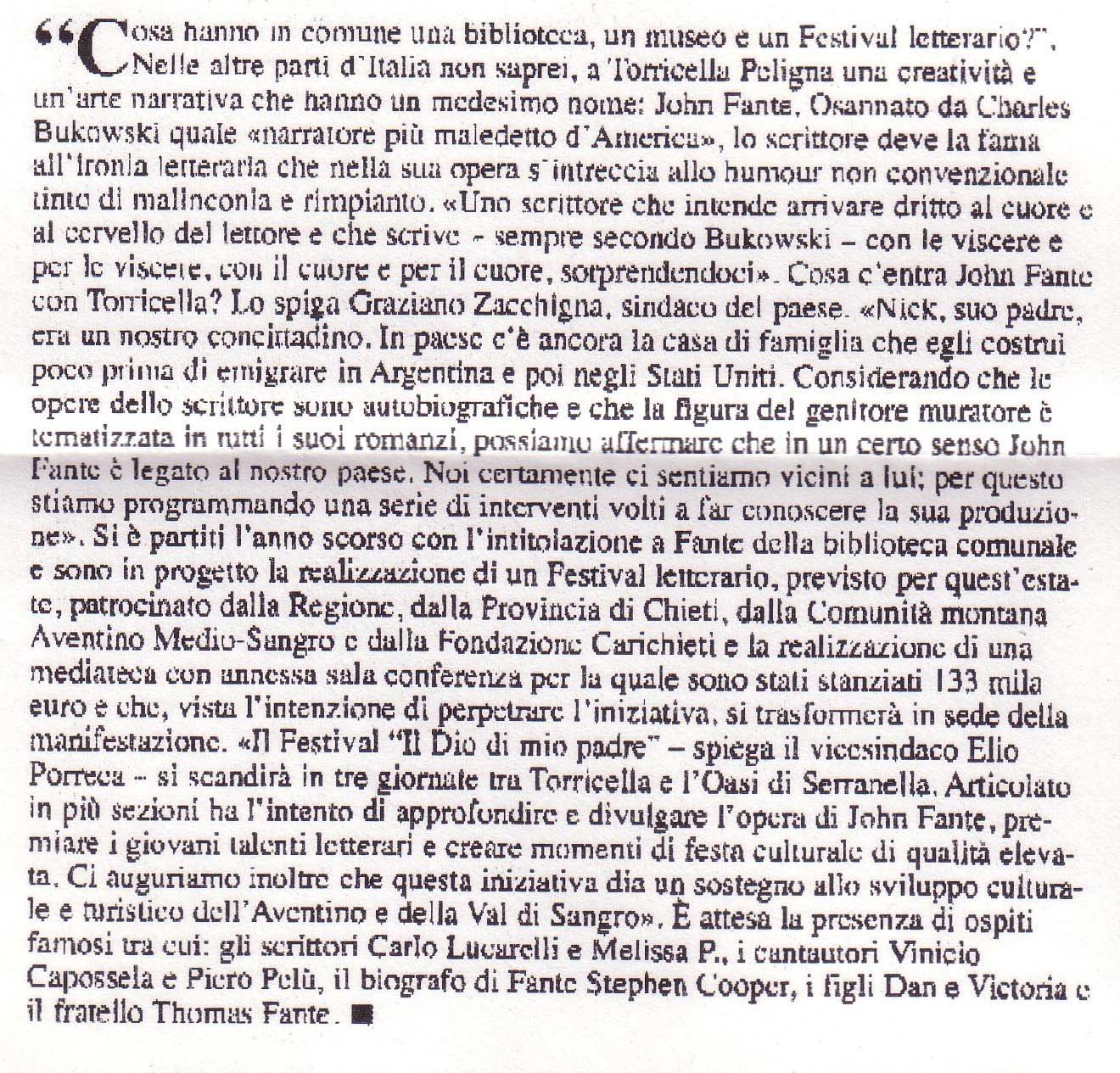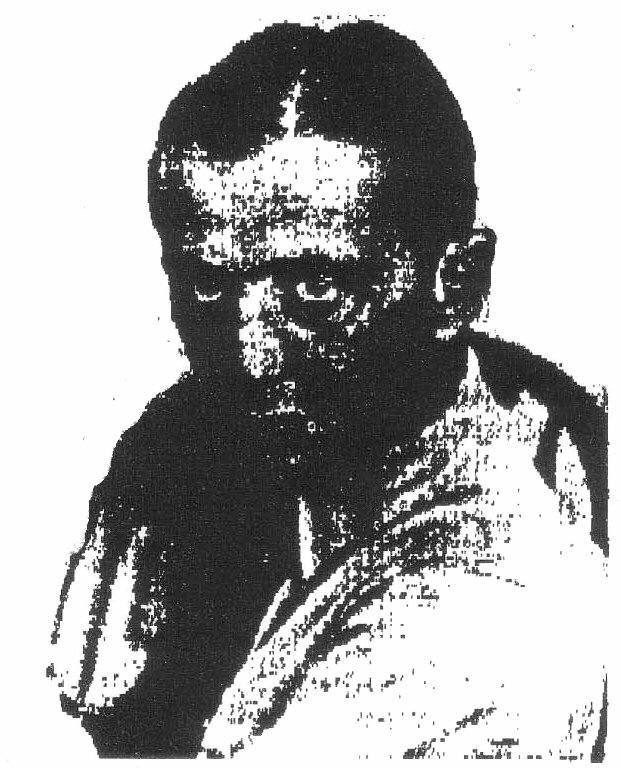 |
 | | TRANSLATOR'S FOOTNOTE FOR ITALIAN VERSION: A pochi chilometri da Lanciano, si trova l'Oasi di Serranella. Le Oasi WWF sono una categoria importante di aree protette in Italia.
Oltre il valore degli ambienti naturali, l’Oasi ha sempre svolto vari ruoli sul territorio: di educazione, di sensibilizzazione, di sperimentazione, di ricerca, di promozione, del WWF e dei temi della conservazione.
L'Oasi di Serranella fu istituita nel 1987; è affidata al WWF Italia che cura la gestione tecnico-scientifica per i comuni di Altino, Casoli e Sant'Eusanio del Sangro.
Il lago di Serranella è situato alla confluenza dei fiumi Sangro e Aventino, quindi si tratta di un ambiente tipicamente palustre la cui flora annovera specie assai rare.
L'area è una delle poche zone umide in Abruzzo e quindi riveste grande importanza per l'avifauna soprattutto migratrice in rotta sull'Adriatico: circa 70 sono le specie che ci nidificano.
La riserva è dotata di un Centro Visite e di numerose strutture per la fruizione turistica e didattica. Il periodo migliore per le visite nell'Oasi va dall'autunno alla primavera raccomandando ai visitatori un abbigliamento e comportamento discreti e di portare con sè un binocolo per le osservazioni. |
|
|


Torricella Peligna
 “My Father’s God” (“Il Dio di mio Padre”) “My Father’s God” (“Il Dio di mio Padre”)
A Festival that will Celebrate John Fante
by Conny Melchiorre In the family’s place of birth they are
expecting important guests for three
appointments this summer, including:
Piero Pelù, Vinicio Capossela,
Carlo Lucarelli and Melissa P. “What do a Library, a Museum and a Literary Festival all have in common?”
In any other part of Italy I wouldn’t know, but in Torricella Peligna creativity and narrative art come under the same heading: John Fante. Highly praised by Charles Bukowski as “the most wicked storyteller in America”, the author owes his fame to literary irony, which he combines in his works with unconventional humour, tinged with melancholy and regret. According to Bukowski, “A writer who intends to reach straight to the reader’s heart and mind, and who writes both with and for the viscera, with and for the heart, thus surprises us.”
What has John Fante to do with Torricella? Graziano Zacchigna, Mayor of the village explains, “Nick, John’s father, was a fellow citizen. The family’s house is still there in the village where Nick built it before he emigrated first to Argentina and then later to the United States. Since the author’s works are autobiographical and his builder-father plays a role in all his novels, we can affirm that in this sense John Fante is linked to our village. We certainly feel close to him; which is why we have planned a series of programmes that will highlight his works.” It started last year when the Village Library was named after Fante and now a Literary Festival is being planned for this summer. The Festival is sponsored by the Region, the Province of Chieti, the Aventino Medio-Sangro Mountain Community and by the Carichieti Foundation; 133,000 Euros have been allocated towards the production of a “Mediateca” (a collection of audiovisual materials and documents from the mass media; a video and audiotape, multi-media library) including a conference hall - and since they fully intend to carry out this initiative, the hall will become the seat of the exhibition. The Deputy Mayor, Elio Porreca explains, “The Festival “My Father’s God” will take place over three days between Torricella and the Oasis of Serranella(l’Oasi di Serranella[1]). Divided into various sections, the intention is to deepen and disseminate John Fante’s works, give prizes to talented young scholars and create a cultural festa of the highest level. We hope, moreover, that this initiative will support the development of culture and tourism of the Aventino region and the Sangro valley.” Famous guests are expected to attend, including the authors Carlo Lucarelli and Melissa P., the singer-songwriters Vinicio Capossela and Piero Pelù, Fante’s biographer, Stephen Cooper, Fante’s children Dan and Victoria and his brother Thomas Fante.
Translator's Note:
[1] The Oasis of Serranella, created in 1987, is run by the WWF as a protected area, where the natural environment is preserved by conservation, education, research and experimentation; they also promote tourism. It is located in a swampy area in the vicinity of Altino, S. Eusanio del Sangro and Casoli, in the province of Chieti, at the confluence of the Sangro and Aventino Rivers. The reserve is located along a flat part of the River Sangro; a part of this reserve is also an artificial swamp formed by a barrage on the river made to ease the irrigation of the surrounding land. This area is characterized by a variety of swamp vegetation, and on the dry land many characteristic plants of the typical Mediterranean maquis (macchia). Macchia (maquis) – is scrubby, dense vegetation composed of broad-leaved evergreen shrubs, bushes, and small trees usually less than 2.5 m (about 8 feet) tall. This region has a Mediterranean climate, characterized by hot, dry summers and mild, wet winters. Maquis is a term that covers a variety of vegetation ranging from two metres to as much as six metres in height. Herbs such as lavender, rosemary and thyme are typical maquis plants, as are shrubs of the cistus family, gorse, juniper and heather. If the soil is acidic, there may also be broom. Orchids, gladioli and irises may flower beneath these shrubs, which are colourful in spring. Lake Serranella hosts many water birds, some of them are very rare and approximately 70 species of birds nest here. Among the Mammals the Fox, Badger, Dormouse and Beech Marten are common and in recent years the presence of the Coypu has been noticed (a South American rodent that escaped from breeding farms) Many fish live in these waters. A systematic study has shown more than 100 species of Moths. The reserve has many facilities for visitors: bird-watching tents, a natural track within the rich vegetation and a well-equipped visitor centre equipped. There is also an easy biking track giving the possibility of touring the whole area. The best time to visit is between autumn and spring.
Translation courtesy of Dr. Marion Apley Porreca |